BURIED MONGOL OR TARTARIAN FORTRESS ⁉️ In the westernmost banner of Inner Mongolia, in the middle of the Gobi Desert, there once stood a prosperous kingdom.
It was a center of religious learning, of art and a trading hub. According to one of the many Mongolian legends, the first descendants of the gods built Khara-Khoto, a beautiful and rich city, which housed sages, merchants, brave soldiers and skilled craftsmen. Khara-Khoto means “black city”. It was a Medieval Tangut fortress on the Silk Road, built in 1032 near Juyan Lake Basin. The remains show 9.1 m-high ramparts and 3.7 m-thick outer walls. It became a centre of Western Xia trade in the 11th century. In The Travels of Marco Polo, Marco Polo described a visit to a city called Etzina or Edzina, which was identified with Khara-Khoto. The walled fortress was first taken by Genghis Khan in 1226. It continued to flourish under the Mongols and during Kublai Khan’s time it was expanded. After 1372 it was abandoned.
Located where the westernmost flag of Inner Mongolia stands, in the middle of the Gobi desert, there was once an extremely prosperous kingdom. It was a center of religious learning, art and commerce. But all that remains now are the crumbling ramparts that once protected the city, a few remaining mud buildings and scattered sun-bleached bones.
Khara-Khoto, or “black city” in Mongolian, was founded in 1032 AD as the capital of the Western Xia Dynasty (1038–1227) and quickly became a center of trade prosperous.
The city was captured by Genghis Khan in 1226, but instead of leaving it in ruins as he often did with captured cities, Khara-Khoto actually flourished under Mongol rule. During the time of Kublai Khan, the city expanded to three times its original size and was even mentioned by Marco Polo in his travel book as Tangut of Etzina.
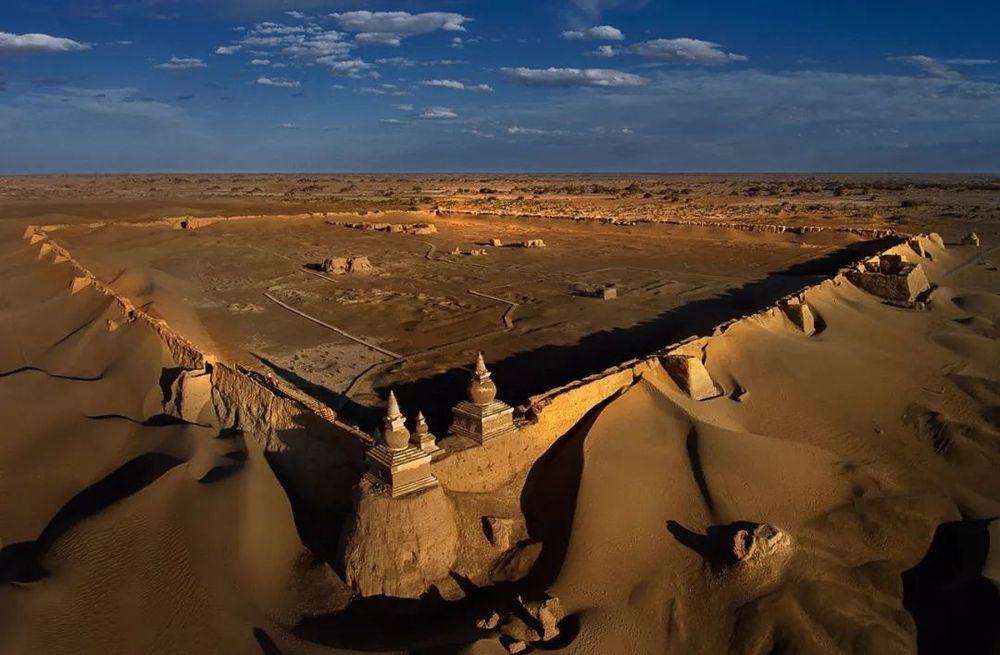
The remains of the “Black City”. (Photo: Amusing Planet).
“On leaving the city of Campichu, you will ride for twelve days, and then arrive at a city called Etzina, located to the north on the banks of the Sandy Desert in the province of Tangut. The people are Idolists , owns a lot of camels and cattle. In particular, there are some good falcons. The inhabitants live by farming and herding their cattle.
In this city you must have provisions for forty days, because when you leave Etzina you will enter a desert of forty days’ journey to the north and in which you have neither shelter nor refuge,” wrote Marco Polo.
The legendary “black city” is located in the Gobi desert
Under the Mongols, the Tanguts enjoyed a peaceful existence for nearly 150 years, until the Ming Dynasty laid siege to the city in 1372. No one knows exactly how Khara-Khoto fell, but Local legend has it that cunning Ming rulers diverted the Ejin River, the city’s only water source, to flow just outside the fortress, thus eliminating the water source for the army and residents of the city. city.
As the Ming army strangled the city without setting foot inside its walls, the people of Khara-Khoto realized they had to make a terrible choice: die of thirst, or face the Ming army in battle.
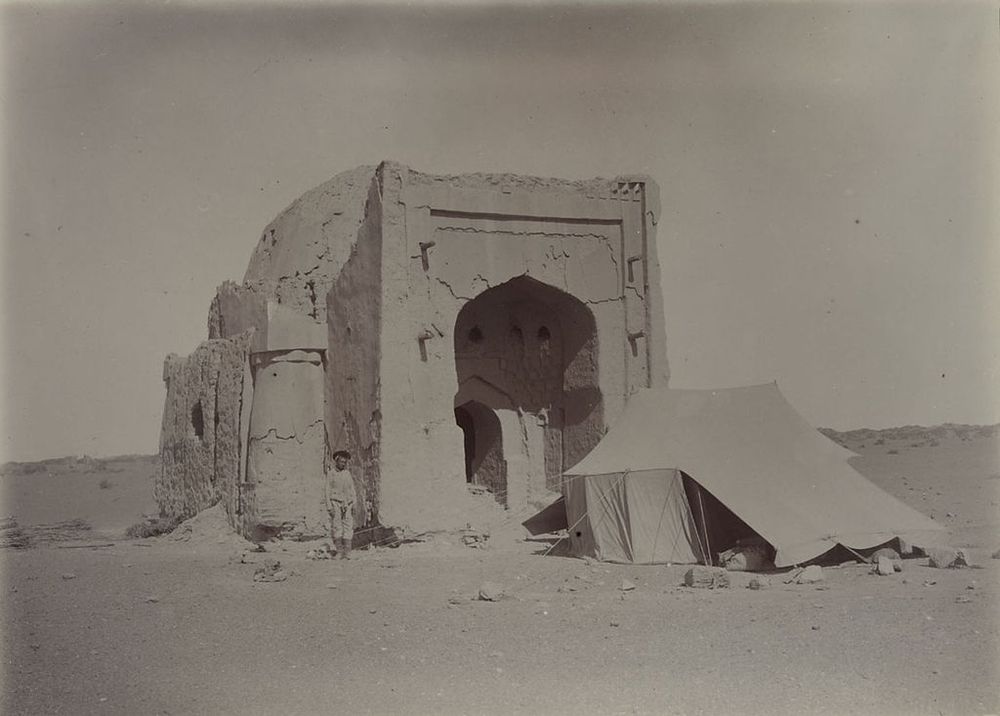
Marco Polo mentions the “Black City” in his travel books. (Photo: Amusing Planet).
A Mongol general named Khara Bator is said to have become so mad at the situation that he murdered his wife and children before committing suicide.
There is another version of the rumor that Khara Bator broke into the northwest corner of the city wall and escaped through it. When the Ming army finally attacked, they massacred not only the remaining villagers but also all the cattle and horses. After this defeat, Khara-Khoto was abandoned and reduced to ruins.
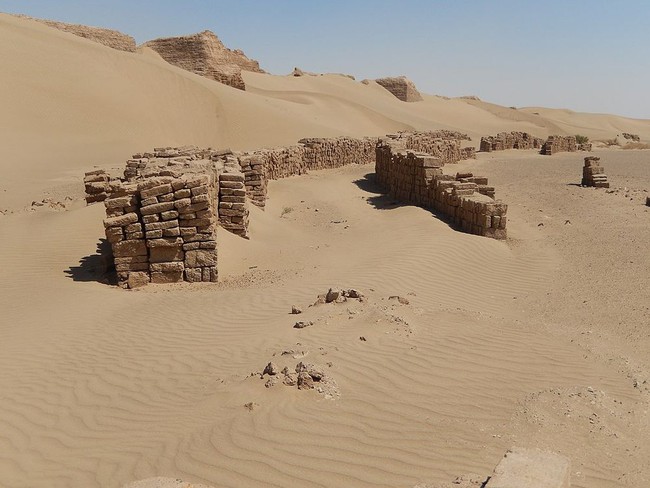

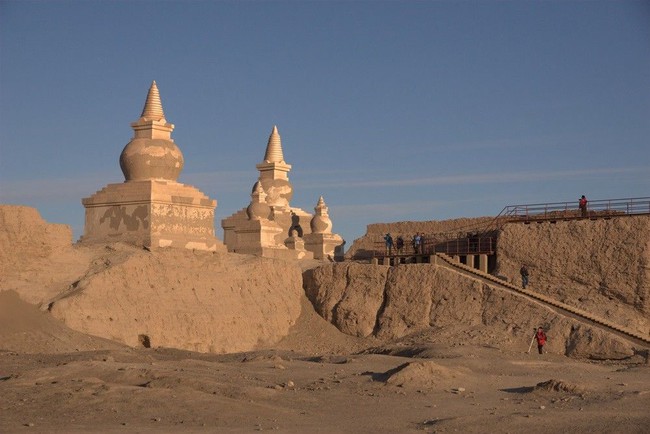
Beautiful scenery of Khara-Khoto (Photo: Amusing Planet).
The site was rediscovered in the early 20th century by a Mongolian-Sichuan expedition under the command of Russian explorer Pyotr Kuzmich Kozlov. During initial excavations, the expedition discovered more than 2,000 books, scrolls and manuscripts in the Tangut language.
These treasures were sent back to St.Petersburg along with Buddhist statues, texts and wood carvings found in a stupa outside the city walls. Further excavation has produced thousands more manuscripts and books, as well as everyday objects, manufacturing tools, and religious art. Many of these books formed the basis for the study of the Tangut language, written in the Tangut script in later years.
Now all that remains of this great city are its 30-foot-high ramparts, a few pagodas, and the remains of a mosque just outside the city walls, suggesting that There were Muslims among the people ruled by the Tangut.
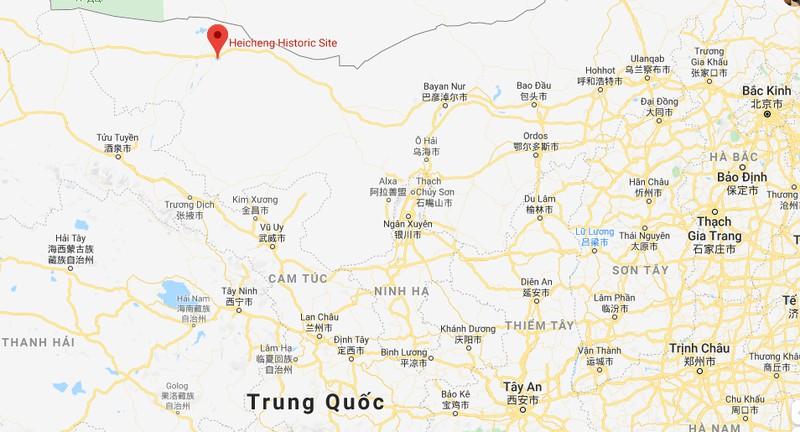
Haicheng (Heicheng or Heicheng Historic Site) belongs to Ejin town, Dalai Hubu town, Inner Mongolia Autonomous Region, China. This citadel is currently located on the G7 highway and not far from the country’s Jiuquan Space Center.
According to Xinhua, Haicheng is the largest and best-preserved city along the ancient Silk Road connecting China with East and West Asia. This is also an important historical and cultural relic preserved at the national level by China, but is also being “destroyed” by time and nature, especially after sandstorms.
Located about 25 km southeast of Dalai Hubu Town, Inner Mongolia Autonomous Region, China; about 30 km from the G7 highway and about 300 lm north of the Jiuquan Space Center. Moving to Hai Thanh is not too difficult, but this place is little known.
Hai Thanh (Heicheng) is also known as an archaeological relic that has survived relatively intact since the 11th century despite the destruction of time. Specifically, the ancient city walls are 10 meters high and a pagoda from the Western Summer period (1038-1227) in the citadel is still preserved today.
This place was once a resting place for merchants, a place where wealthy merchants stayed with their hidden wealth, where shops were once bustling but now have almost… disappeared, there is no longer a single place. any trace.
Let’s say good morning with Infonet and see this “forgotten” citadel!
Related Post
A shocking documentary proves that mermaids do exist
SHOCKING Revelation: Thuya, Mother of Queen Tiye, Was the Grandmother of Akhenaten and Tutankhamun—What Ancient Egyptian Secrets Did She Leave Behind?
Breaking News: Astonishing Discoveries at Karahan Tepe Confirm an Extraterrestrial Civilization is Hiding on Earth, and NO ONE Knows!
Breaking News: Researchers FINALLY Discover U.S. Navy Flight 19 After 75 Years Lost in the Bermuda Triangle!
NASA’s Secret Investigation: Uncovering the Astonishing Mystery of the UFO Crash on the Mountain!
Explosive UFO Docs LEAKED: Startling Proof That Aliens Ruled Ancient Egypt!